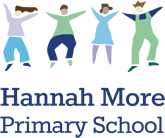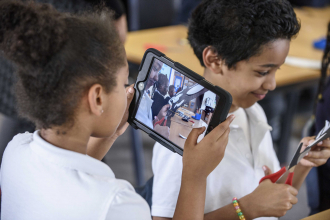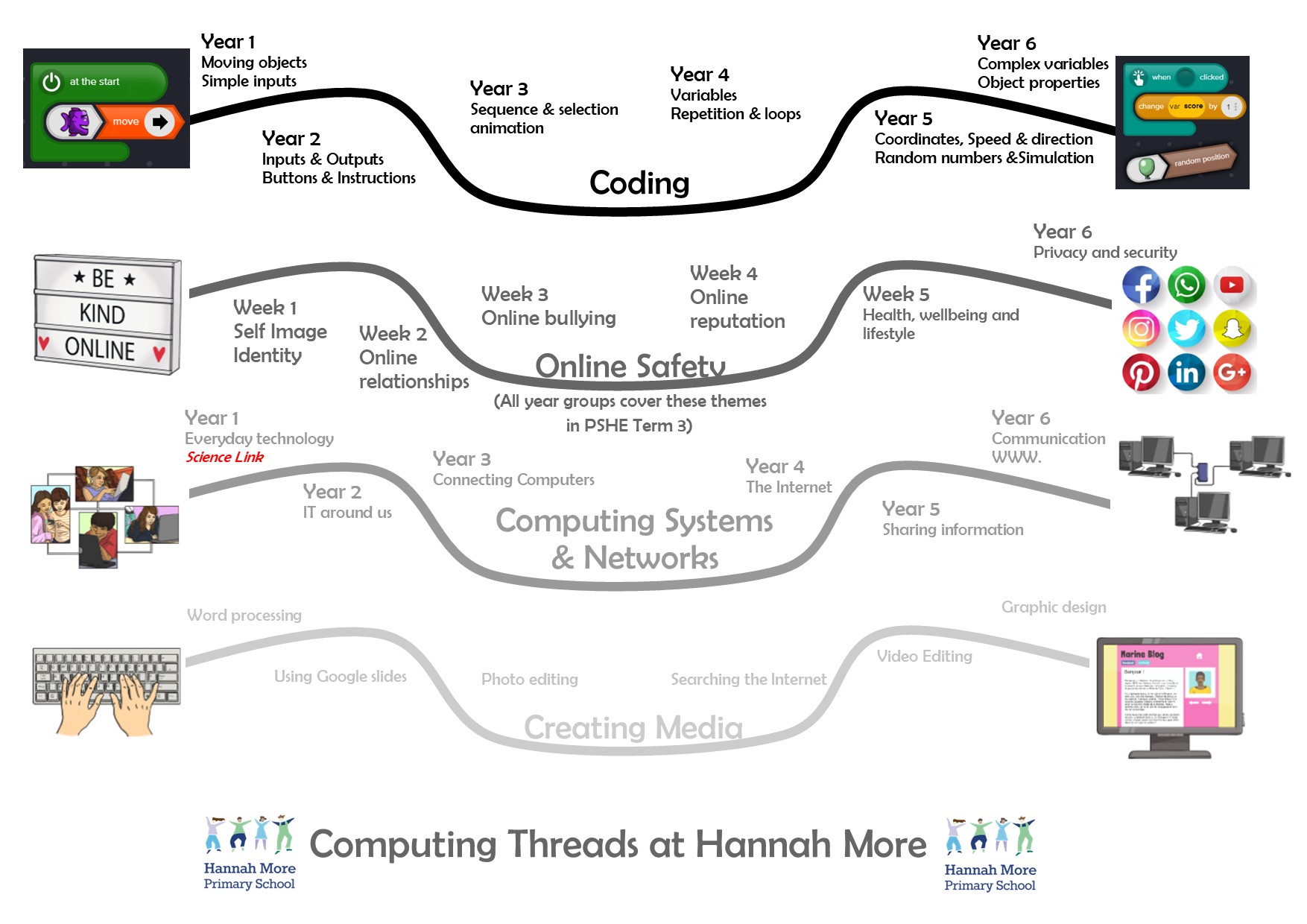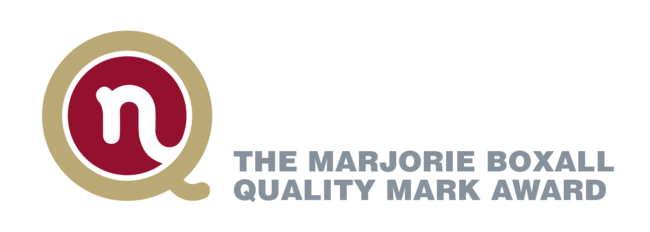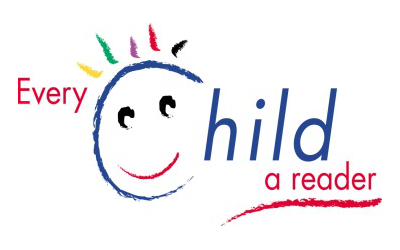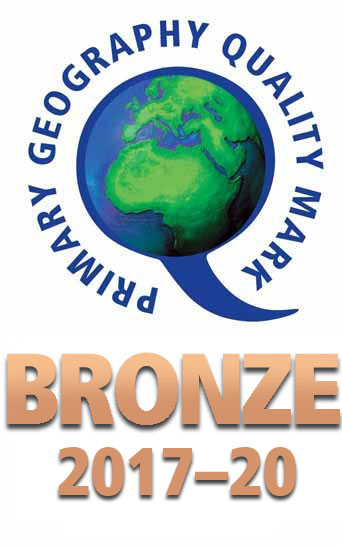Computing Threads
Computing Curriculum Map
|
Term 1 |
Term 2 |
Term 3 |
Term 4 and 5 |
Term 6 |
|
|
|
Coding |
Coding |
E-safety |
Computing Systems and networks |
Creating media |
|
|
|
|
|
|
|
|
KS1 objectives covered |
-understand what algorithms are; how they are implemented as programs on digital devices; and that programs execute by following precise and -unambiguous instructions create and debug simple programs -use logical reasoning to predict the behaviour of simple programs |
-use technology safely and respectfully, keeping personal information private; identify where to go for help and support when they have concerns about content or contact on the internet or other online technologies. |
-recognise common uses of information technology beyond school |
-use technology purposefully to create, organise, store, manipulate and retrieve digital content |
|
|
KS2 Objectives covered |
- design, write and debug programs that accomplish specific goals, including controlling or simulating physical systems; solve problems by decomposing them into smaller parts -use sequence, selection, and repetition in programs; work with variables and various forms of input and output - use logical reasoning to explain how some simple algorithms work and to detect and correct errors in algorithms and programs |
-use technology safely, respectfully and responsibly; recognise acceptable/unacceptable behaviour; identify a range of ways to report concerns about content and contact. |
-understand computer networks including the internet; how they can provide multiple services, such as the world wide web; and the opportunities they offer for communication and collaboration - use search technologies effectively, appreciate how results are selected and ranked, and be discerning in evaluating digital content |
-select, use and combine a variety of software (including internet services) on a range of digital devices to design and create a range of programs, systems and content that accomplish given goals, including collecting, analysing, evaluating and presenting data and information |
|
